
On Oct 20, 2025, a massive outage struck Amazon Web Services’ US-EAST-1 (Northern Virginia) region. Starting around 3:11 AM ET, dozens of popular apps and websites crashed.
Services like Snapchat, Roblox, Duolingo, Coinbase and Ring all went offline. Millions of users worldwide suddenly lost access to banking apps, messaging, gaming and even doorbell cameras, exposing the fragility of today’s cloud-based infrastructure.
DNS Glitch, Not Cyberattack
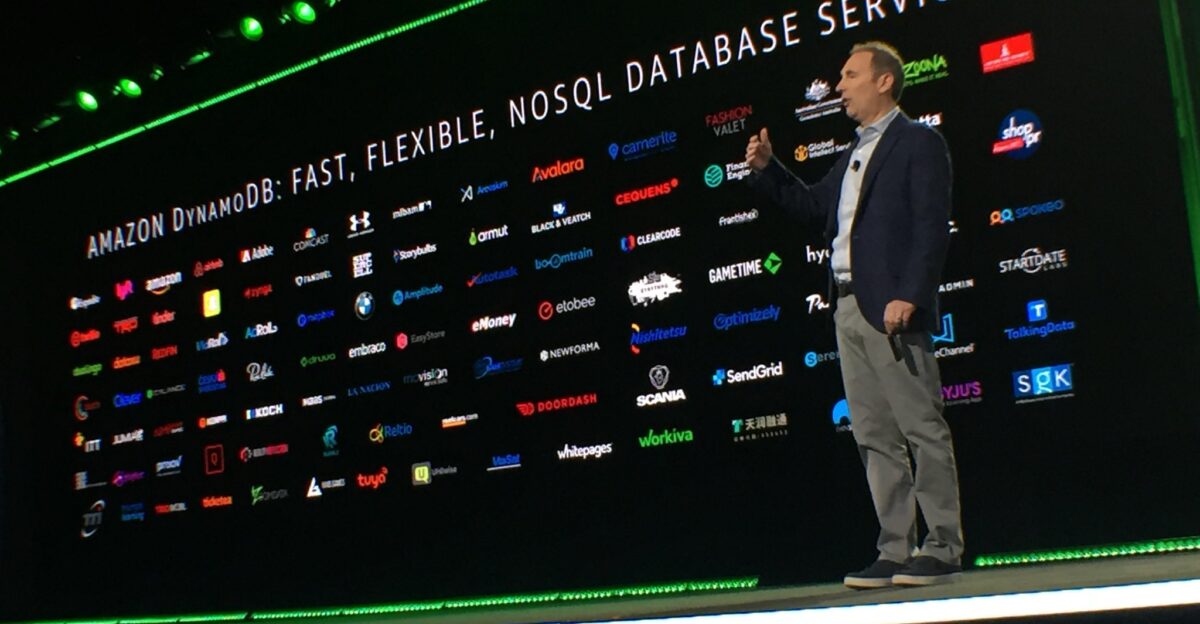
Engineers traced the outage to a DNS misconfiguration in AWS’s DynamoDB database. AWS posted, “We have identified a potential root cause… related to DNS resolution of the DynamoDB API endpoint”.
Security analysts agreed this was an internal glitch, not a hack. As Sophos expert Rafe Pilling explained, when this happens “it looks like it is an IT issue on the database side”, not a foreign attack.
Games and Apps Crippled

Meanwhile, popular games and apps crashed. Fortnite and Roblox servers abruptly dropped millions of players. Downdetector logged millions of outage reports. Snapchat chats froze and Duolingo language lessons stalled.
Even corporate workplace apps and streaming media faltered. Social media filled with memes as users realized how many daily routines—gaming, chatting, learning—suddenly relied on AWS’s servers to run.
Fintech Platforms Down
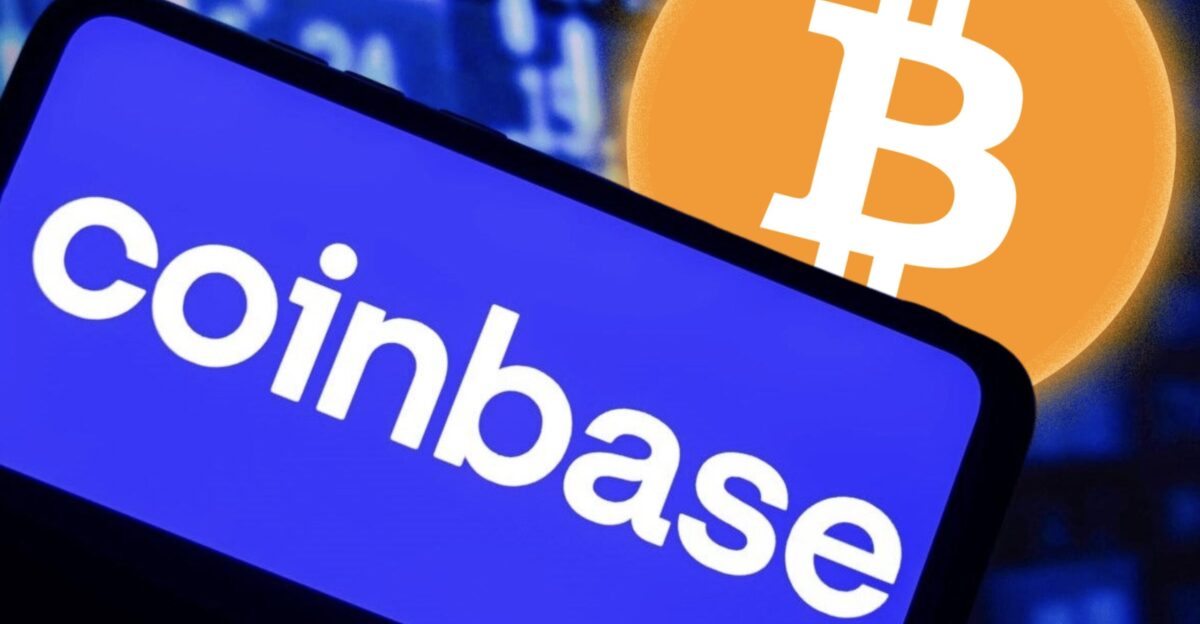
Coinbase said “all funds are safe,” but its platform was offline. Robinhood similarly locked traders out. Even ATMs showed errors. Users trying to buy crypto or stocks simply couldn’t complete transactions.
The outage was a stark reminder: if the cloud crashes, people can be locked out of their own money.
Signal Goes Dark

Even encrypted messaging was affected. Signal’s encrypted chat servers lost connection, paralyzing private messaging. The company’s co-founder Meredith Whittaker posted on X, “Signal is down… related to a major AWS outage”.
This exposed that even privacy-focused apps rely on huge cloud providers. Overnight, users who expected secure, independent messaging found their communications cut off. The irony underscored: decentralized goals still often run on centralized servers.
British Banking Chaos
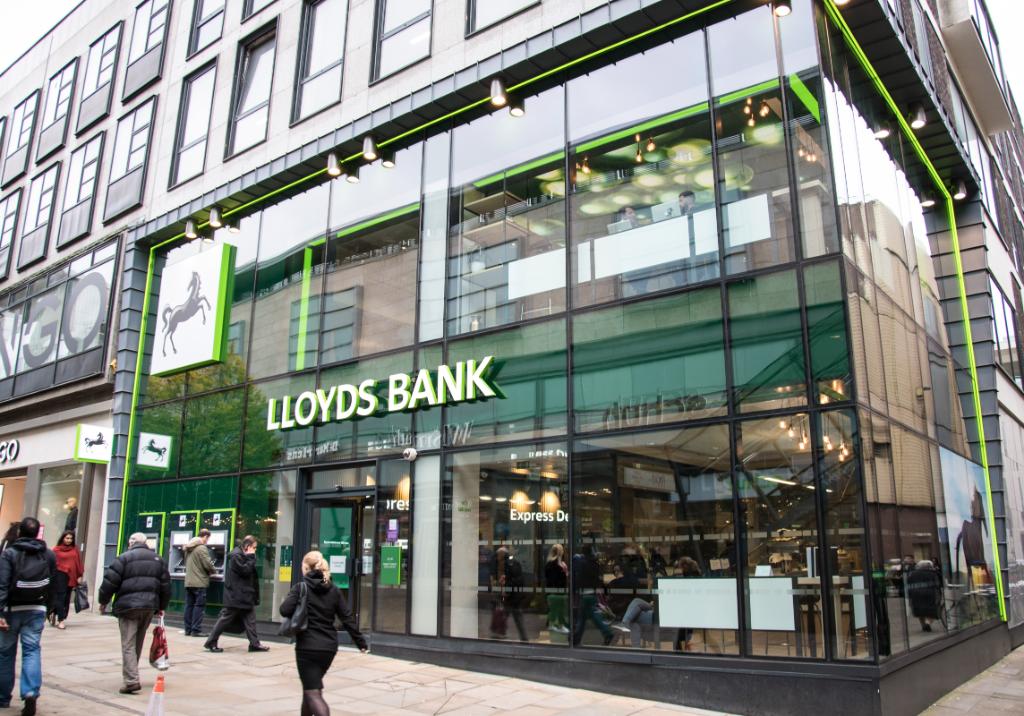
In Britain, the outage caused payment chaos. Lloyds Bank (and its Halifax/Bank of Scotland branches) crashed. HMRC’s online tax portal also fell offline. Shoppers saw “card declined” errors at tills. Only after hours did digital transactions begin to recover.
The incident showed that even critical national banking and government services aren’t immune to a single cloud failure.
IoT Devices Offline
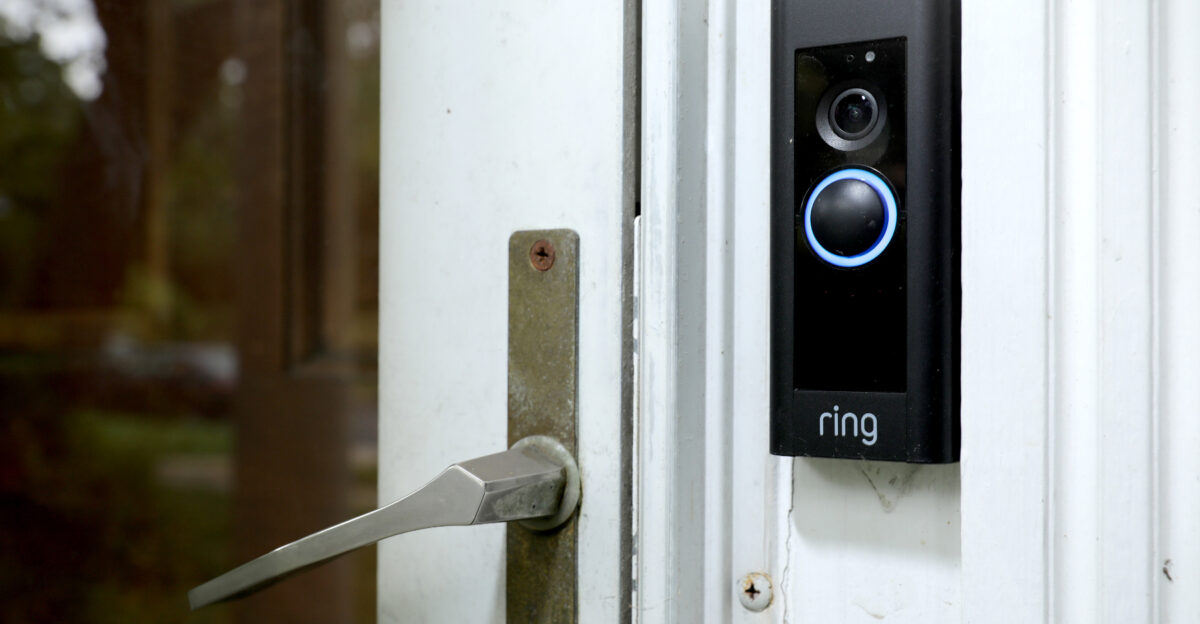
Smart home devices instantly lost function. Ring doorbells nationwide stopped working. Alexa speakers and smart locks went silent. Home security cameras went dark, forcing people to answer doors manually. Even connected appliances and thermostats were disabled.
The outage revealed a new vulnerability: many “smart” conveniences have no fallback. When AWS faltered, houses literally lost power in technology, leaving gadgets as useless as paperweights.
US-China Cyber Claims
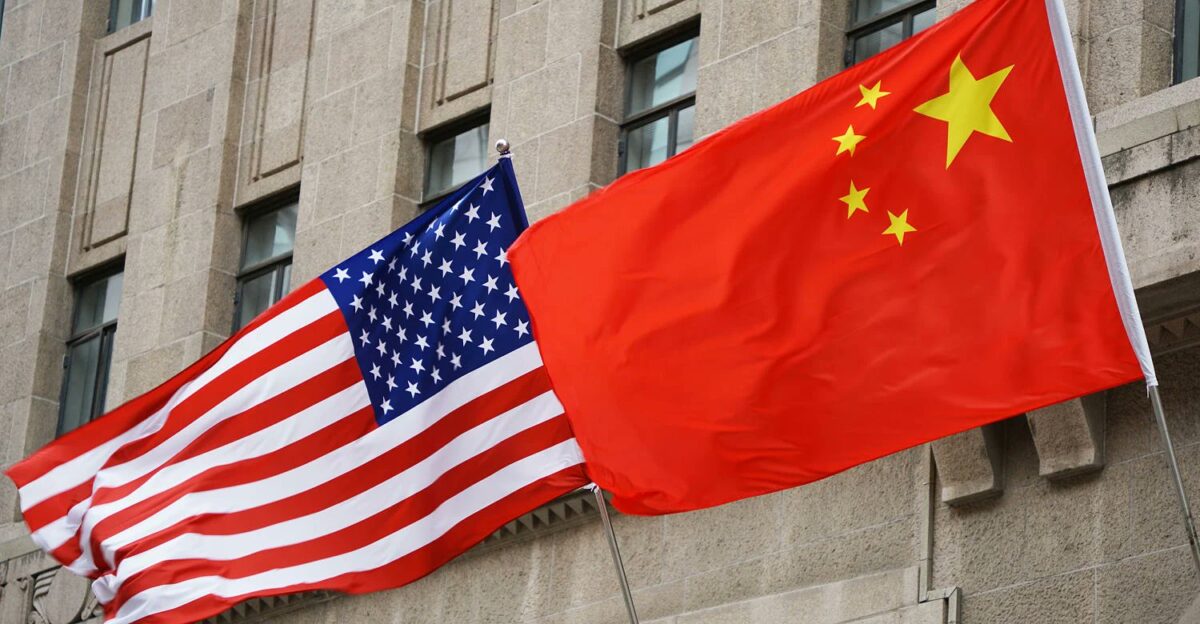
Just hours before AWS went down, China’s security ministry accused the U.S. NSA of years of cyber-attacks on China’s national timekeeping center. The U.S. Embassy fired back that China is “the most active and persistent cyber threat” to U.S. networks.
The timing briefly stoked conspiracy theories, but experts quickly clarified the AWS outage was purely an internal tech failure, not a geopolitical attack.
Economic Fallout
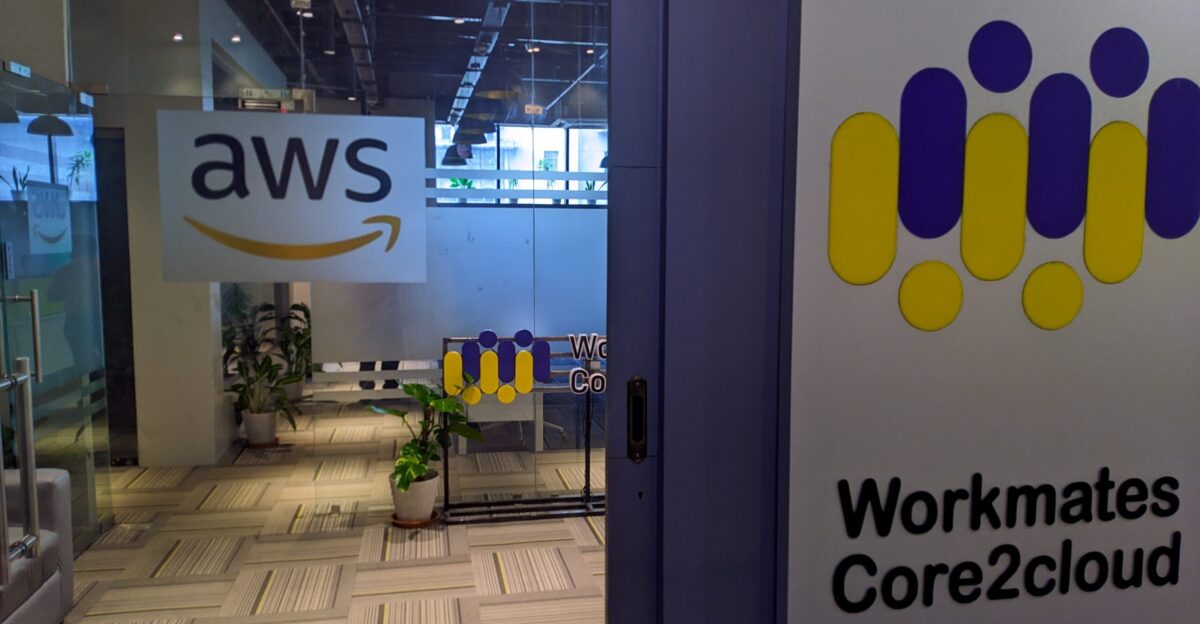
Early estimates put financial losses in the tens of millions, though AWS did not release a total. This aligns with data showing 60% of major outages exceed $100 million. By comparison, a 2024 infrastructure outage cost Fortune 500 companies over $5.4 billion.
Across industries, companies reported lost sales and productivity during the blackout. The bottom line: even short cloud failures can rack up huge hidden costs.
E-Commerce Freeze

Online retail stalled. Amazon’s shopping site and checkout systems slowed. Thousands of independent e-commerce stores saw orders vanish when their AWS-hosted platforms went offline. During peak shopping hours, customers encountered errors adding items to carts.
For many small sellers, a single cloud glitch wiped out a day’s revenue. The outage highlighted how reliant online businesses are on one provider: without backup servers, many lost sales instantly.
Even Chatbots Affected

Even cutting-edge AI services weren’t spared. Perplexity CEO Aravind Srinivas tweeted, “The root cause is an AWS issue” after the AI Q&A platform went completely offline. Ironically, users seeking AI help about the outage got no answers. The event highlighted that today’s smart AI tools still depend on legacy cloud servers.
One glitch shut down even the most advanced chatbots, underscoring how new tech rides on old infrastructure.
Real-World Disruptions
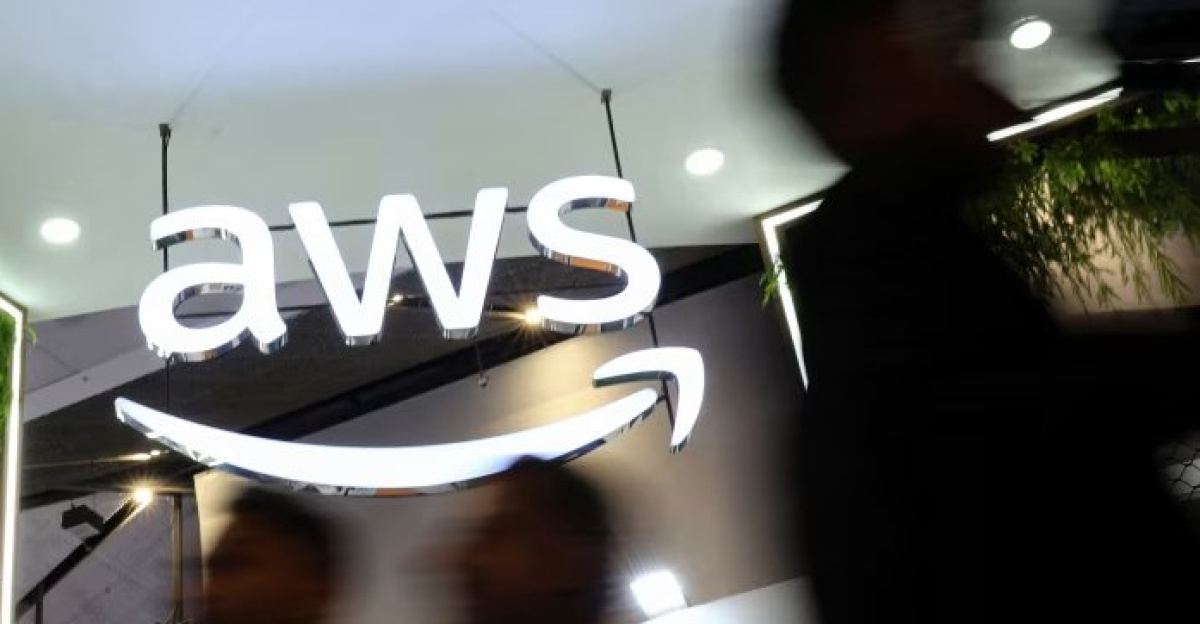
The AWS failure quickly translated into real-world problems. Retail checkouts and bank ATMs went offline, causing payment declines. Deliveries piled up as Ring doorbells and smart locks failed. Government portals for taxes and healthcare scheduling also went down.
Al Jazeera noted that even Zoom and Duolingo crashed. The outage turned digital failures into concrete headaches: missed appointments, delivery delays and locked-out services.
Global Domino
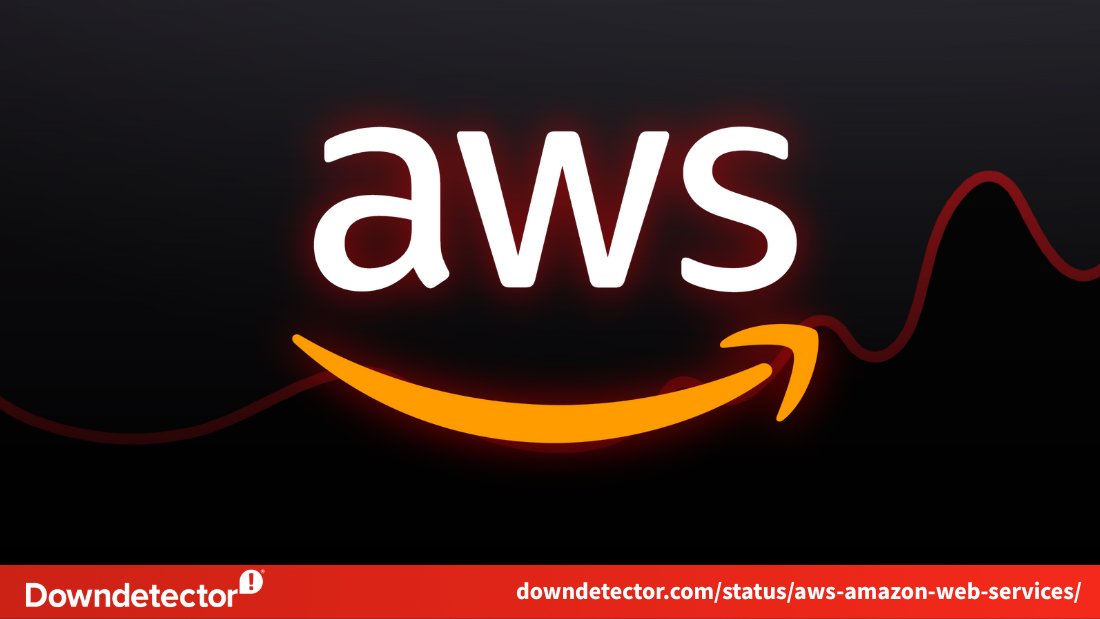
By sunrise in London, Downdetector showed the same apps down worldwide. Users in Tokyo, Paris and Sydney faced simultaneous outages traced back to Virginia. One AWS region effectively acted like a global hub: a single glitch knocked out services thousands of miles apart.
The incident proved that AWS’s vast reach means local outages can propagate internationally.
Forced Digital Detox

Millions were forced into an involuntary “digital detox.” Routine apps and services vanished. Language learners watched Duolingo streaks break and commuters found mapping apps blank. Social media addicts went offline, and gamers joked about playing board games.
For many, this sudden cut-off caused genuine anxiety—experts noted spikes in tech withdrawal symptoms. The outage highlighted how deeply cloud apps had woven into daily habits, from morning newsfeeds to evening entertainment.
Data Centers’ Environmental Toll
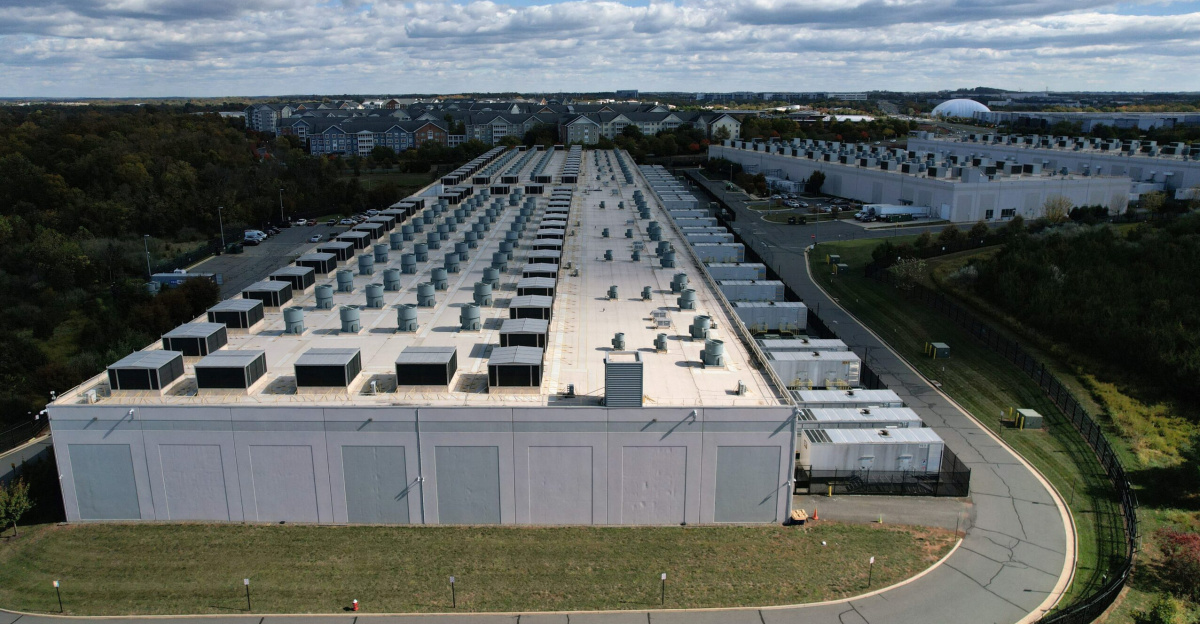
The event reignited debate on data center sustainability. AWS’s massive server farms run 24/7, consuming enormous electricity and water even when idle. U.S. data centers alone could use over 14% of national electricity by 2030.
Critics noted the irony: during the outage, all that energy output produced no service. The episode raised questions about whether such massive resource use is justified, given that a tiny glitch can halt everything.
Rivals Capitalize
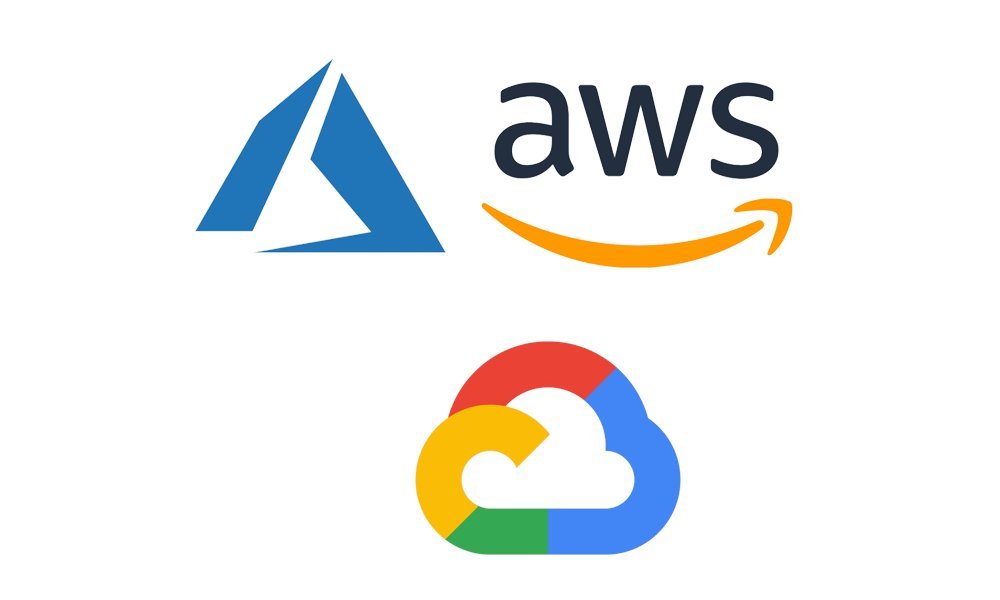
AWS’s competitors saw new interest. Companies scrambled to diversify onto Microsoft Azure and Google Cloud. Cloud consultants reported a rush of clients seeking redundancy. Notably, firms with multi-cloud setups achieved near-perfect uptime during this outage.
AWS’s rivals – and even legacy data-center providers – suddenly found themselves in demand as companies questioned putting all their eggs in one cloud basket.
Amazon’s Stock Holds Steady
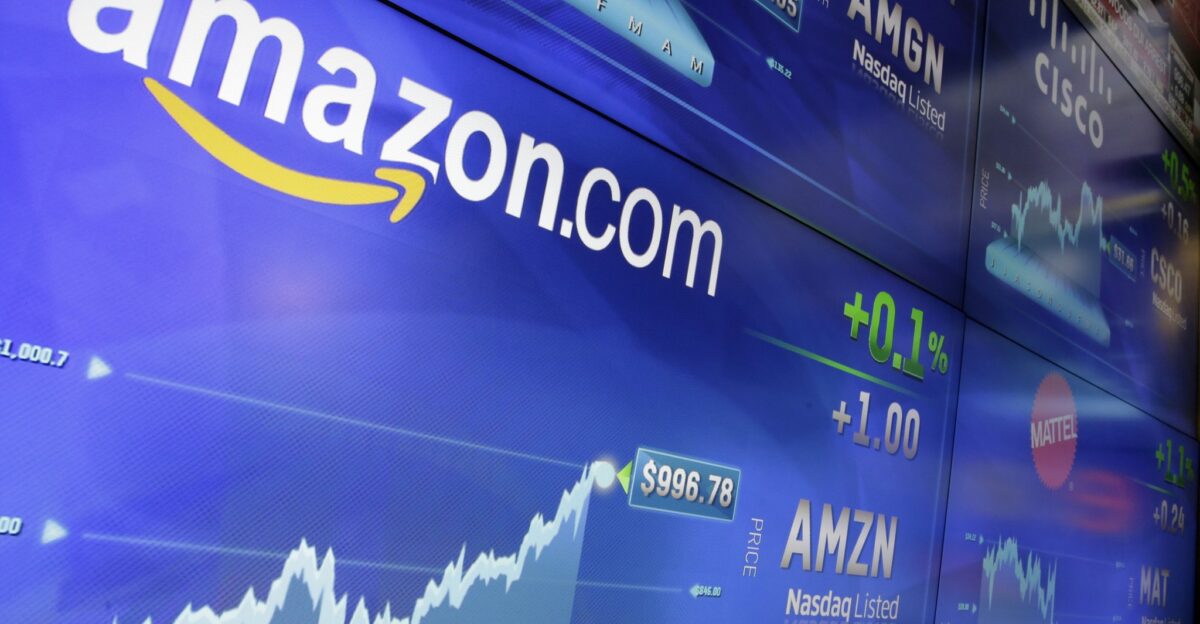
Wall Street monitored Amazon’s share price, but was barely rattled. By market close on Oct 20, Amazon stock was only ~0.7% below its pre-outage level. Analysts noted this muted reaction reflected confidence in AWS’s resilience — AWS still drove roughly 17.5% of Amazon’s revenue growth.
Even a massive outage scarcely dented Amazon’s value, underscoring how critical (and entrenched) the cloud business has become.
Planning for the Next Outage
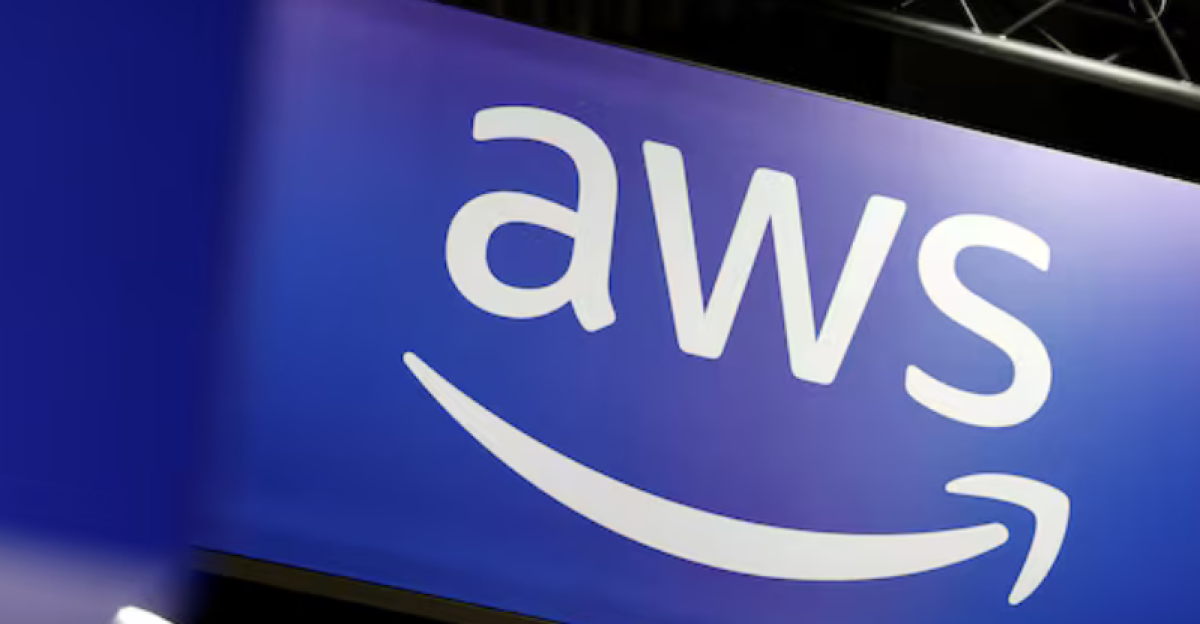
Experts say prepare now. Consumers should diversify: use multiple services for messaging, maps and payments, and keep local backups of important data and contacts. Businesses are investing in multi-cloud architectures and failover plans.
Indeed, organizations that had spread workloads across AWS, Azure and Google reportedly achieved near-100% uptime during this event. The takeaway: expect outages and have a robust Plan B ready.
Regulators React

Regulators took notice. Britain’s CMA warned Amazon and Microsoft each hold ~30–40% of the cloud market. This outage underscored the systemic risk of such dominance. Chinese experts even warned that a one-millisecond timing error could cascade into power-grid failures.
The cloud blackout has fueled debates on stricter rules, pushing governments to demand more resilience and competition in critical infrastructure.
Aftermath

Ultimately, the outage was a wake-up call about concentration. ARTICLE 19’s Corinne Cath-Speth warned “we urgently need diversification in cloud computing” to avoid such single-point failures. A tiny glitch in Virginia had ripple effects across gaming, finance and government services worldwide.
The incident became a cautionary tale: convenience must be balanced with resilience and redundancy to prevent one failure from collapsing everything.